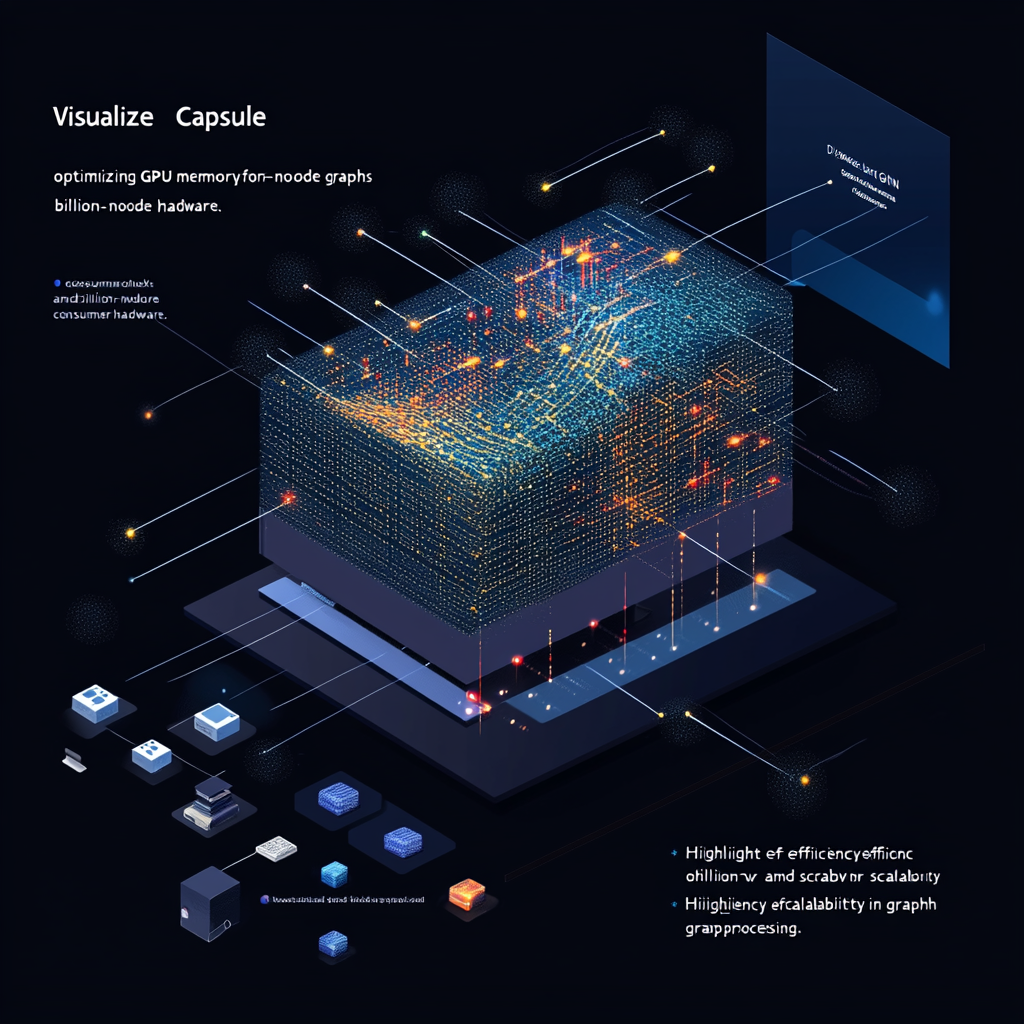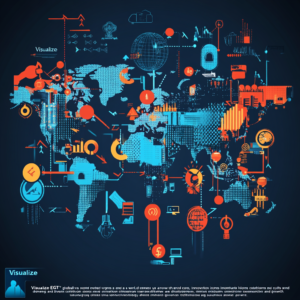
Novel out-of-core mechanism introduced for large-scale graph neural network training
The GPU Memory Puzzle: How Capsule and DiskGNN Are Rewriting the Rules of Large-Scale Graph Intelligence
Imagine, if you will, the titanic challenge of teaching an AI to unravel the myriad connections of friendships on Facebook or to decipher the intricate dance of protein interactions within the human body. These graph-oriented conundrums demand the handling of billions of nodes and edges—a literal labyrinth that could leave even the most robust GPUs in a state of existential despair. But wait! Enter the out-of-core (OOC) revolution, where innovative researchers perform what can only be described as memory alchemy, enabling regular hardware to juggle trillion-edge graphs without breaking a sweat.
Understanding the GPU’s Distaste for Graph Neural Networks
Let’s face it, the traditional Graph Neural Network (GNN) frameworks, such as DGL and PyG, are akin to asking a sprinter to run a marathon. These frameworks lean heavily on GPU memory to harbor entire graphs during the training process. This setup might work fine for quaint social networks comprised of family and friends, but it turns into a real headache when faced with:
- Billion-node datasets already a staple for modern recommendation engines
- 3D molecular structures that need precision on a quantum level
- Real-time fraud detection in the bustling realm of financial transactions
But fear not, for the USTC team’s Capsule framework is here to shatter these barriers with its adept memory management. It boasts a jaw-dropping speed-up of 12x while nimbly treading lightly on memory—just 22.24% of what was previously necessary. Their approach is like an intricate game of Tetris, where graph capsules (those meticulously engineered data nuggets) are placed with a precision that would make a seasoned architect weep with joy.
Introducing DiskGNN: The I/O Whisperer
Amazon, in its relentless journey toward innovation, has unleashed DiskGNN, a solution that transforms your SSD into a formidable graph processing titan. It accomplishes this by pre-sampling graph neighborhoods and packaging features contiguously, achieving:
- An astonishing 8x speedup compared to earlier generations of disk-based systems
- Zero accuracy loss—yes, you read that right—compared to in-memory training
- A four-layer caching system that squeezes every last bit from your hardware
The Wildcard of Interpretability
Now, while it’s not strictly an OOC solution, the Graph Kolmogorov-Arnold Network (GKAN) brings an intriguing twist to the table. Its clever use of spline-based activations on edges opens the door to:
- Glass-box explainability—vital for medical diagnostic applications
- Competitive accuracy that holds its own in node classification tasks
- Native uncertainty quantification—a rare gem in the realm of graph networks
Just envision a GNN trained to uncover drug interactions that also provides insight into the specific molecular bonds that swayed its predictions. That’s the tantalizing promise of GKAN.
The Ripple Effect on Edge Computing
These groundbreaking advancements are not merely the domain of cloud servers. No, they have wider implications, enabling:
- On-device recommendation systems that operate without reliant communication to the cloud
- Real-time cybersecurity measures implemented right at the enterprise router level
- Pocket-sized molecular simulations that empower field researchers
The Capsule paper pulls back the curtain on some particularly clever optimizations, like memory access patterns so intelligently choreographed, they could rival a chess grandmaster[2]. By treating graph computation as a temporal sequence, they work to anticipate memory needs even before they arise. Can you imagine the sheer brilliance? It’s revolutionary!
As someone who has bemoaned the struggle of GPUs gasping for air under the weight of moderately-sized graphs, it feels like witnessing the dawn of a new age in computational science. These aren’t just small tweaks; they represent seismic shifts that could render billion-node graph training as commonplace as ResNets are today.
If you’re as excited as I am about these developments—and why wouldn’t you be?—take the plunge into the intricacies of GPU memory and graph neural networks. Remember, the future is not waiting for anyone. Brace yourself for the upcoming era where limitations fade, and the full potential of AI is unlocked.
Want to stay up to date with the latest news on neural networks and automation? Subscribe to our Telegram channel: @channel_neirotoken
Disclaimer: No GPUs were harmed in the crafting of this article. Though, if anyone asks, we hold no responsibility for their subsequent existential crises.

